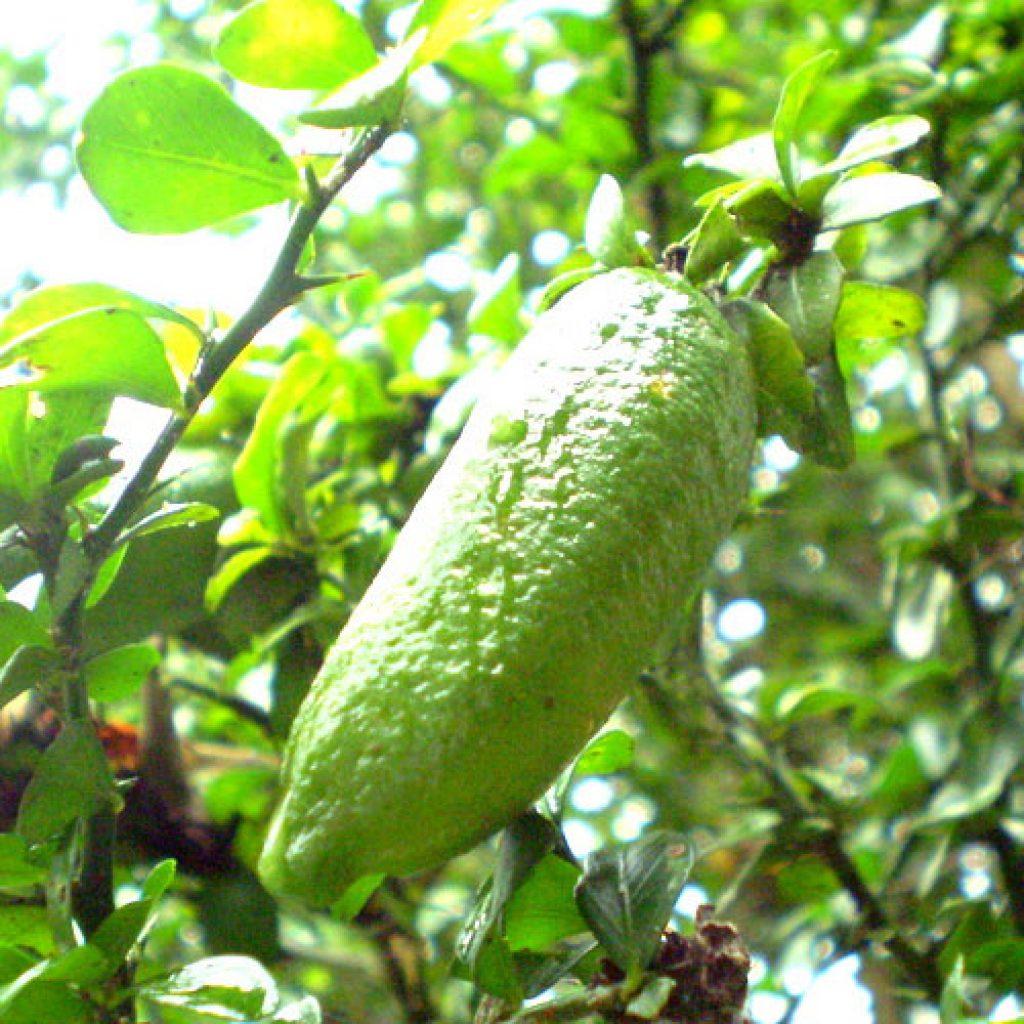Lime is a white or gray powder obtained by burning limestone. It is a versatile material that can be used in construction, agriculture, industrial manufacturing, environmental applications, and more. Lime is used as cement in concrete and mortar and is mixed with sand and gravel to bind them together. It is also used as plaster and helps remove impurities from steel during its manufacturing. The powder dissolves in water and produces an alkaline solution that improves soil fertility and pH levels.
The global Australia Lime Market is estimated to be valued at US$ 353.19 Bn in 2023 and is expected to exhibit a CAGR of 9.4% over the forecast period 2024 to 2031, as highlighted in a new report published by Coherent Market Insights.
Market Dynamics:
One of the key drivers supporting the growth of the Australia Lime Market is the soaring construction industry. There has been significant rise in construction activities of residential and commercial buildings in Australia. According to Australia Bureau of Statistics, construction work done increased by 3.8% in the December quarter of 2021. Growing population, urbanization, and economic growth are fueling investments in infrastructure development which is subsequently driving demand for construction materials including lime. Lime plays a key role in cement, concrete, and mortar which are extensively used in building construction. Moreover, lime is also added during steel production to remove impurities, thus supporting lime consumption from industrial sector. The burgeoning construction industry in Australia is expected to continue driving market growth over the forecast period.
SWOT Analysis
Strength: Australia has one of the largest limestone reserves in the world, helping to strengthen Australia's position as a major exporter of lime. The market benefits from advanced limestone mining technologies and large-scale production facilities. Producers have established global distribution networks to meet rising international demand.
Weakness: Lime production is energy-intensive, exposing producers to fluctuating fuel costs. Domestic construction activity, a major end-use sector, can be volatile depending on economic conditions. Strict environmental regulations increase production expenses.
Opportunity: Infrastructure development programs by the Australian government provide long-term growth opportunities. Rising consumption in steel, water treatment, and other industrial applications will drive additional lime requirements. Export potential remains substantial as emerging nations industrialize.
Threats: Competition from alternative cement and concrete products could curb lime adoption rates over time. Disruptions in global seaborne trade due to geopolitical tensions pose risks. Stricter emission rules may require producers to invest in carbon capture technologies.
Key Takeaways
The Australia lime market scope is expected to witness high growth.
Regional analysis:
The Australian lime market is dominant in the Asia Pacific region and accounts for over 30% of regional production. Limestone reserves are most abundant in the states of Queensland, New South Wales, and Victoria, where major producers including Boral, Adelaide Brighton, and Omya operate large-scale, vertically integrated facilities.
Key players
operating in the Australia lime market are Senseonics, Medisana AG, Acon Laboratories Inc., Bionime Corporation, AgaMatrix Inc., Ascensia Diabetes Care, ARKRAY Inc., Medtronic PLC, DexCom Inc., LifeScan Inc., Roche Diagnostics, Abbott Diabetes Care, Trivida Functional Medicine, and Rossmax International Ltd., among others.
Get more insights on this topic: https://www.newsstatix.com/australia-lime-market-industry-insights-trends-australia-lime-market/
Explore more information on this topic, Please visit: https://whotimes.com/thread-tales-stitching-together-the-narrative-of-healing-with-intricate-sutures-and-resilience/
